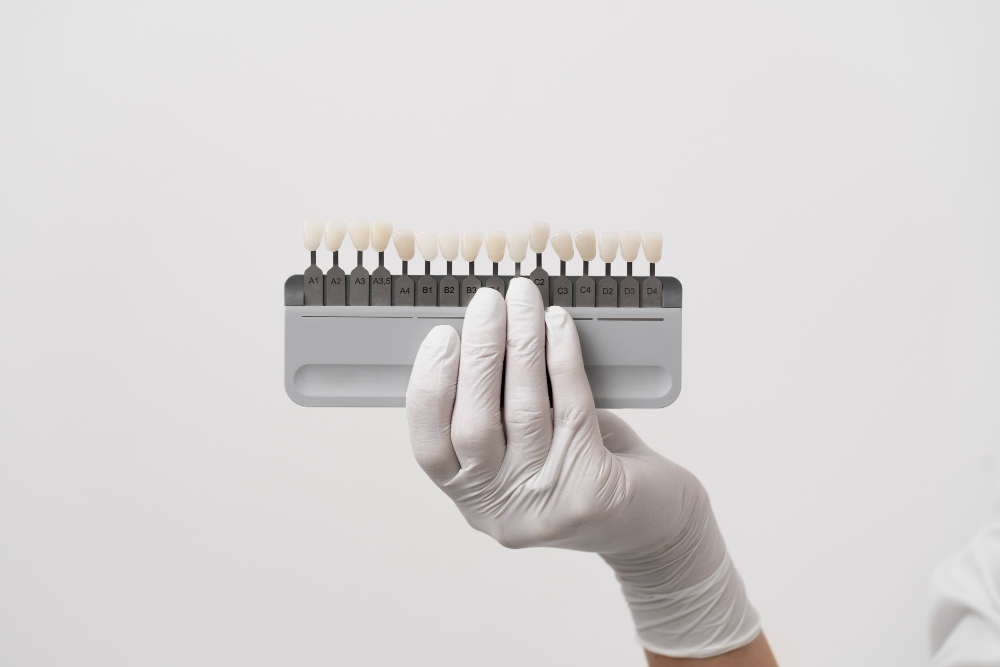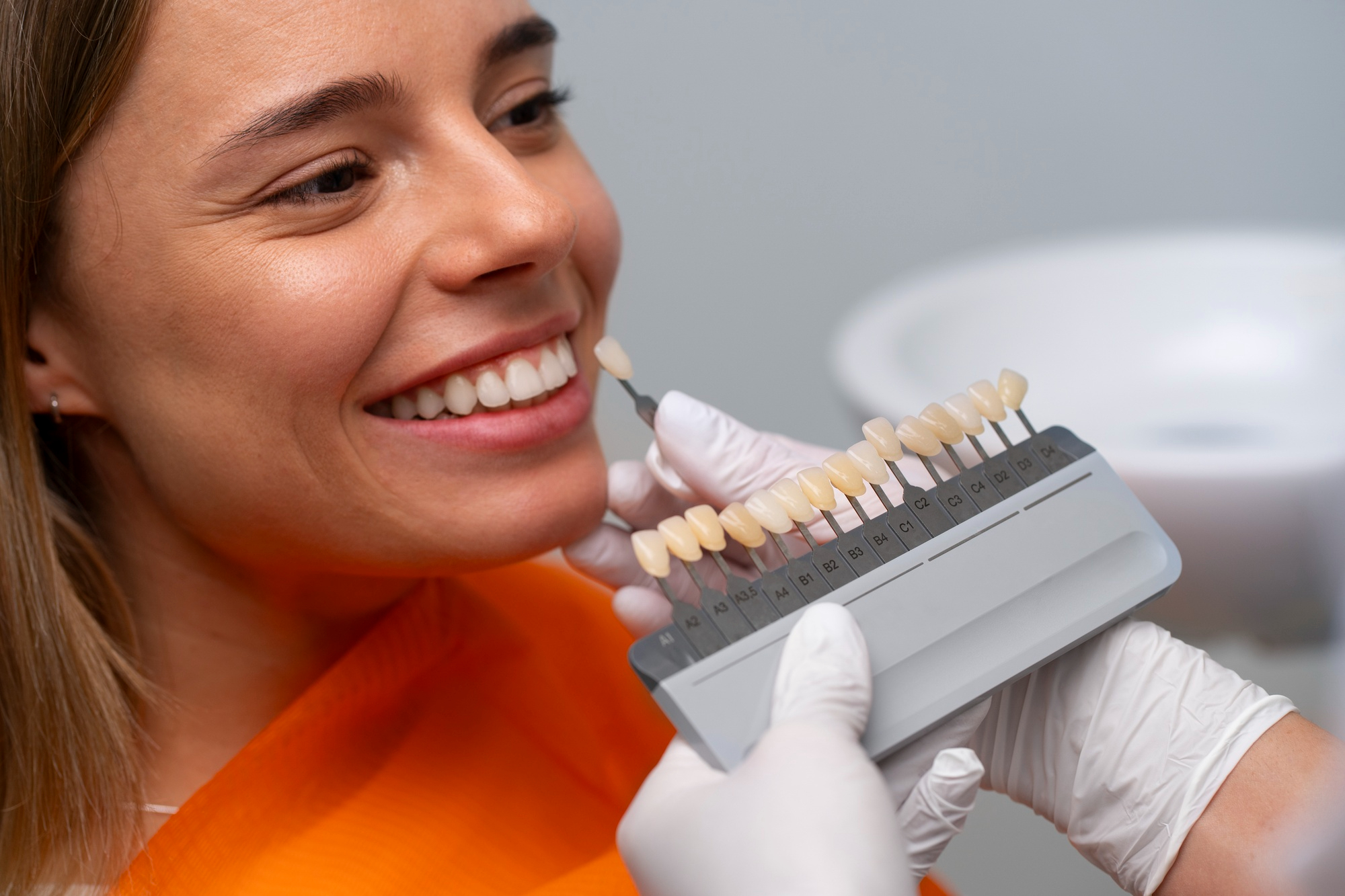Cracked, broken or severely worn teeth leave smiles compromised and nerves exposed. But with prosthetic options like crowns, bridges, and dental bonding, restoring teeth to pristine function becomes possible.
At Alpine Dental & Denture Center, our skillful dentists help patients weigh the benefits of each based on individual dental health needs and aesthetic goals. While all strengthen teeth, their applications vary. Understanding the nuanced pros and cons empowers informed choices.

Crowns
A crown, or “cap,” completely encircles a damaged tooth beneath shiny tooth-colored material sealing it stronger than before. Whether porcelain, metal, or polycarbonate composites, crowns form durable, imperceptible protective shells reinforced to prevent fractures from grinding or chewing forces.
Ideal for cracked, chipped, or misshapen teeth missing much original structure, crowns require minor tooth reduction yet leave adequate thickness preventing pulpal damage during prep. Their bulk resists breakage long-term compared to other options.
However, full crown placement demands at least one dental visit and lab time delaying treatment weeks until cementation. It is also the most invasive and costly solution.
Dental Bridges
Bridge work spans the gap left by one or more missing teeth fusing a false tooth between intact anchors on either side. Made of crowns cementing imitation teeth atop durable pontics (fake teeth), bridges restore proper alignment preventing opposing teeth from shifting into empty spaces.
As semi-permanent replacements, bridges prove economical compared to removable partial dentures without associated cleaning difficulties. They also blend with neighboring teeth naturally versus an obvious removable appliance.
However, their bulk requires trimming healthy anchor teeth down for crowns’ fusions. Bridges also carry higher long-term maintenance demands than other alternatives and cannot be removed like dentures for thorough cleanings.

Dental Bonding
A minimally invasive choice, dental bonding involves precisely bonding composite resin materials onto teeth matching their appearance. With skills similar to an artist, dental professionals expertly shape, layer, and polish bonding restoring integrity and improving aesthetics.
Best applied for very small cracks, chips, and structural gaps, bonding adheres onto minimal prepped tooth structure protecting pulps without the need for anesthesia in most cases. Its quick application and natural mimicry of enamel make bonding very discreet too.
However, bonding proves less durable or repairable long-term than crowns or bridges and does not entirely replace lost tooth structure like a crown, better at preventing further damage. Touch-ups may become more frequent than with other options.
An evaluation from one of our general dentists determines recommended treatments. We’re happy to explain the benefits of finding the best conservative solution to secure your smile’s health for years to come! Don’t delay restoration – call us today.

